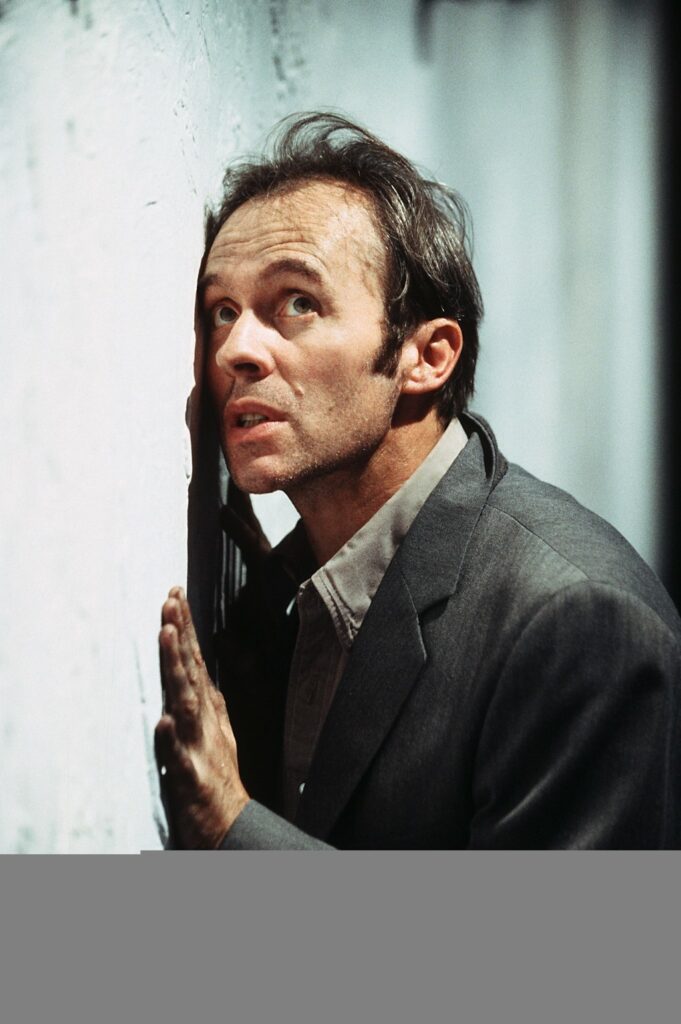While the Dean of the CalArts School of Theater, Travis Preston spent his 2017 summer directing Sam Shepard’s Pulitzer Prize-wininng play, Buried Child. The theater where Preston directed Buried Child was the Hong Kong Repertory Theater. The play offered Preston’s unique take on a classic work. Artistic Director Anthony Chan translated the play and it was performed in Cantonese with subtitles in both Chinese and English for those who needed it.
The experience of directing Buried Child was a special one for Travis Preston. Preston was already influenced by the incredible work of Shepard, but it wasn’t until he directed his play that he truly gained a sense of the depth of his vision, artistry and humanity. While the play was written in America by an American, Travis Preston learned that the story still resonated in Hong Kong.
For those who don’t know the plot of Buried Child, it unfolds in a small farmhouse in Illinois. It debuted in 1978 and won the 1979 Pulitzer Prize for Drama. Travis Preston explains that the play is broken down in three different acts. The first of which introduces Dodge and Halie, an elderly married couple living in an old farmhouse. As Dodge sneaks shots from a flask in the couch cushions, it becomes clear that he battles alcoholism. He and his wife discuss their deceased son who was murdered by his wife on his wedding night. They also discuss another son named Bradley, an amputee who forcefully cuts Dodge’s hair while he sleeps. Finally, as Halie leaves for church, the audience is introduced to their oldest son Tilden. Tilden is clearly mentally unstable, and the audience learns that he has a troubling past in New Mexico.
In act two, the audience is introduced to Vince and Shelly. Vince is Tilden’s son. Shelley is Vince’s girlfriend. They travel to Vince’s grandparents only to be unrecognized by every family member. While Vince runs an errand to get his grandfather alcohol, Shelly tries to remind Tilden of his son Vince. Tilden says he looks familiar and explains that he had a son a long time ago with his mother, Haile, but the baby was killed by Dodge and buried in the backyard.
The chilling twists and turns continue in act three. Vince is restless and angry. Shelly is exhausted by the family and during her frustration throws Bradley’s wooden leg into the barren corn fields. Haile and Dodge finally recognize Vince and decide to give him ownership of the house and the land. When Vince decides to stay amongst the disfunction, Shelly leaves. Soon after, Dodge passes away and when Tilden walks in with a corpse of a baby in his hands, it’s revealed that the corn has once again bloomed in the backyard.



